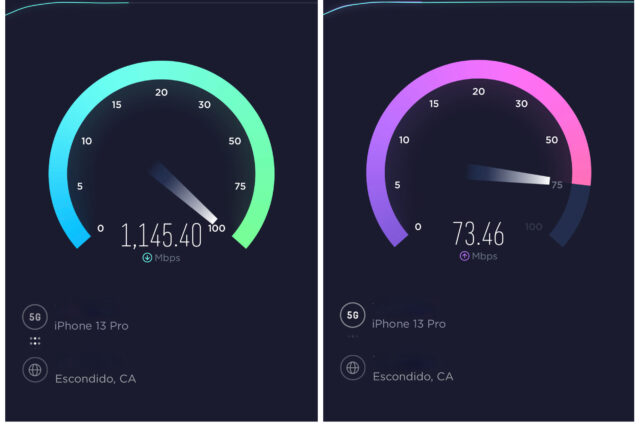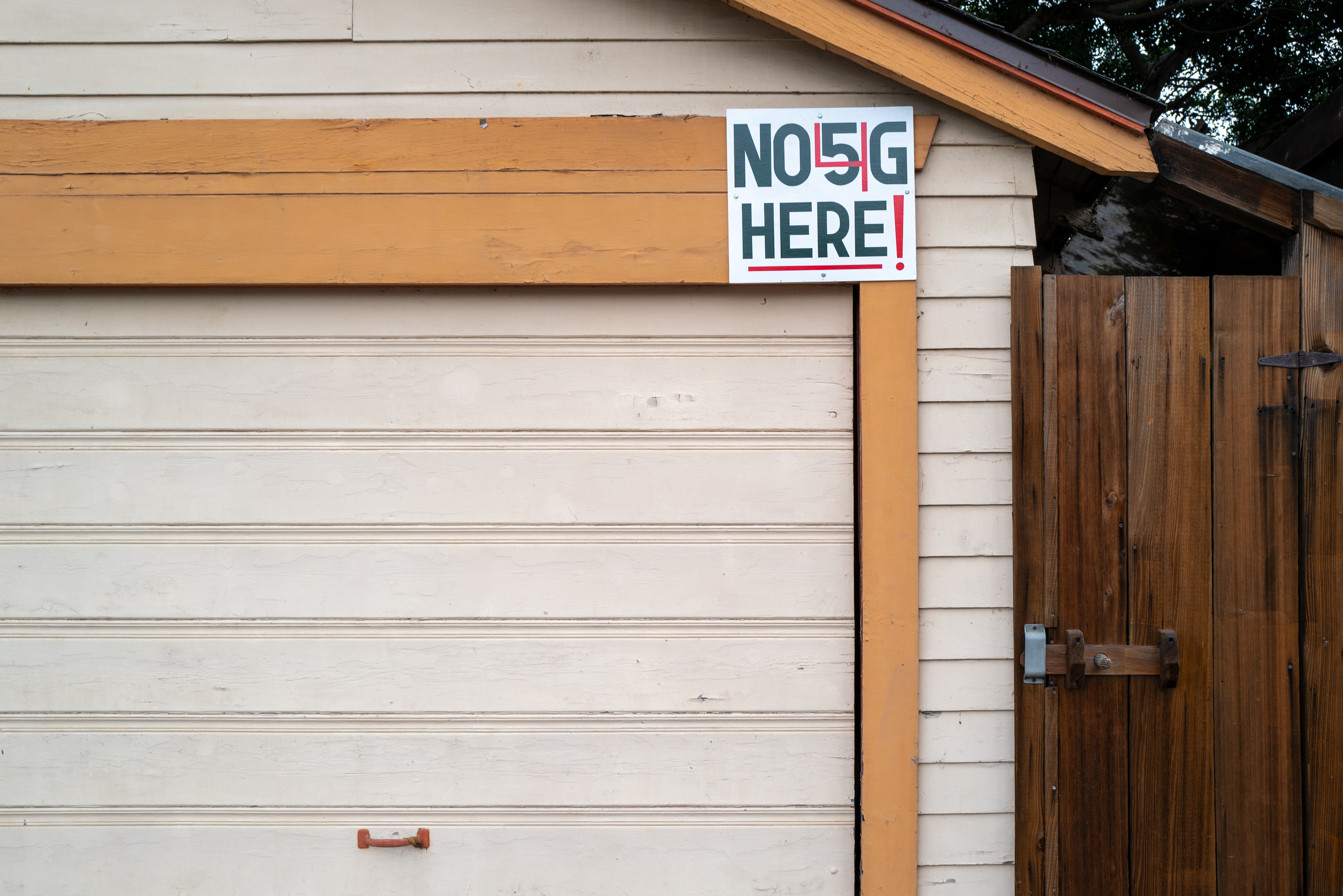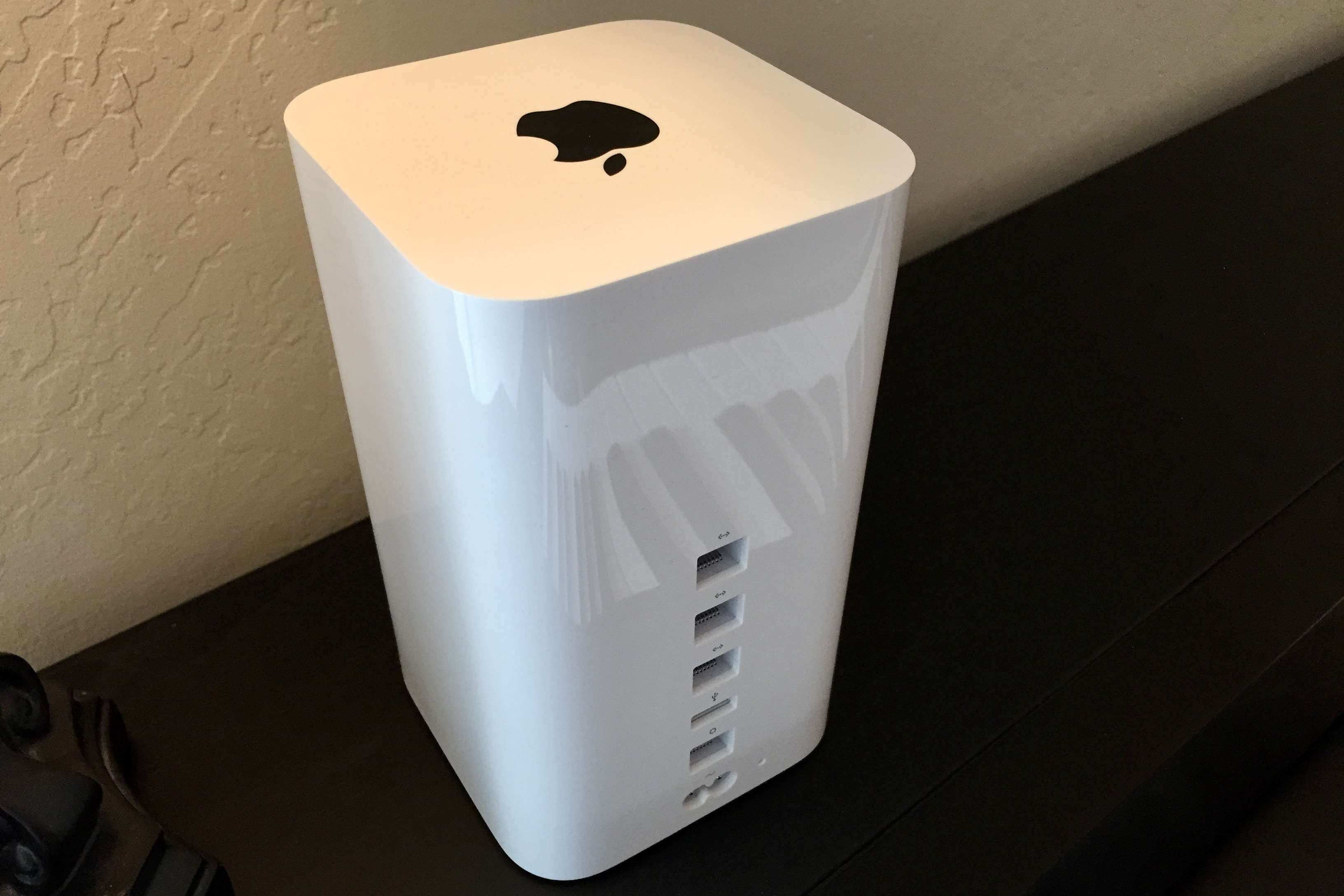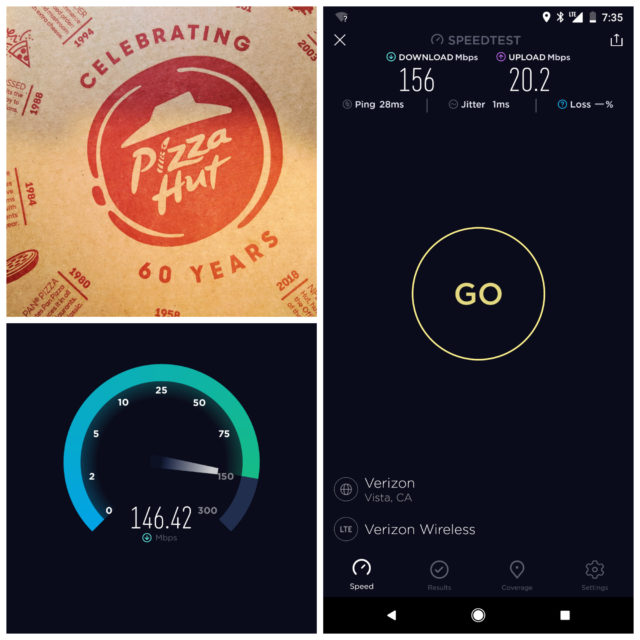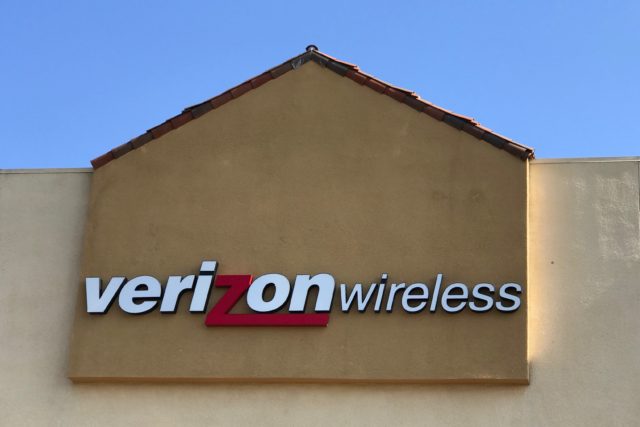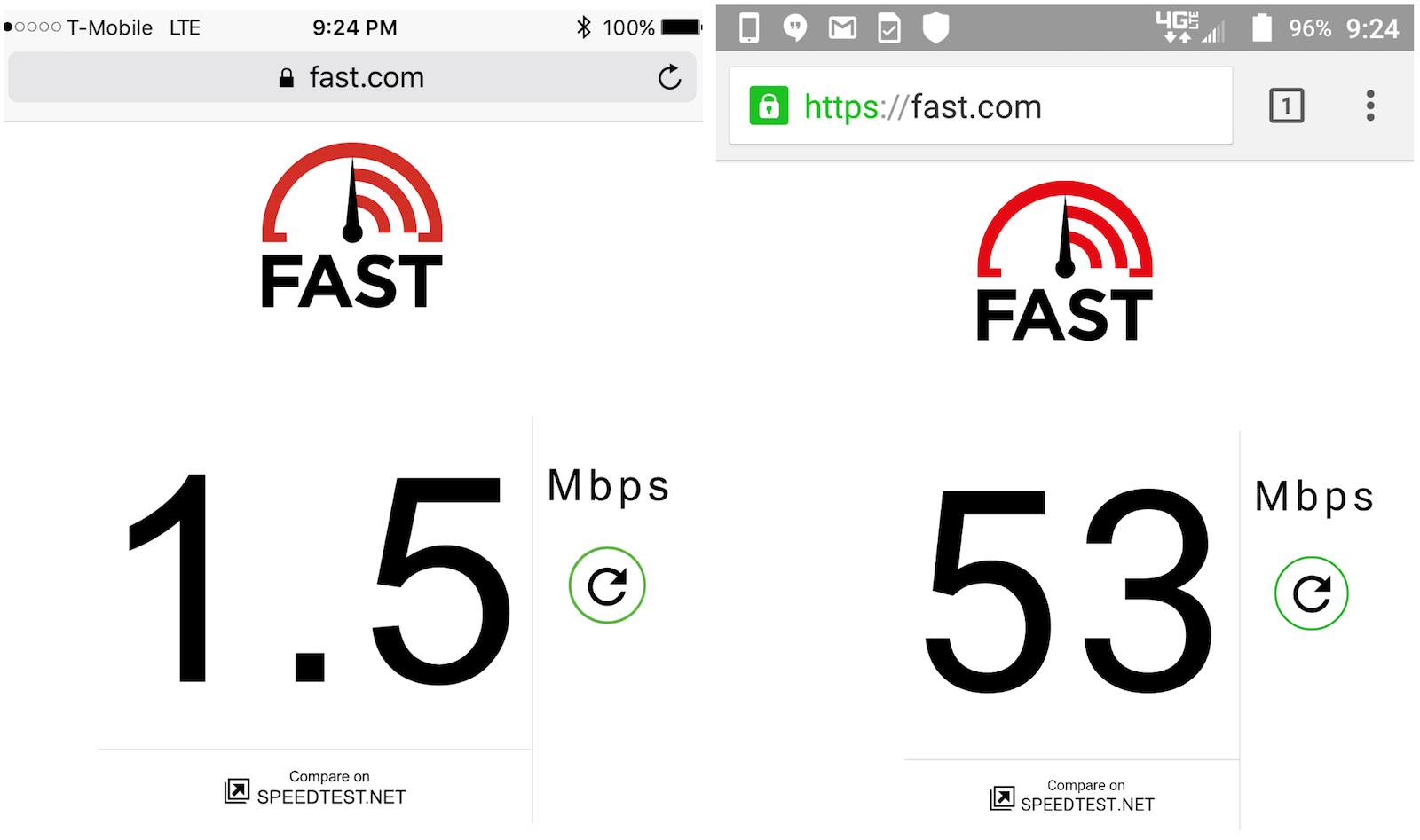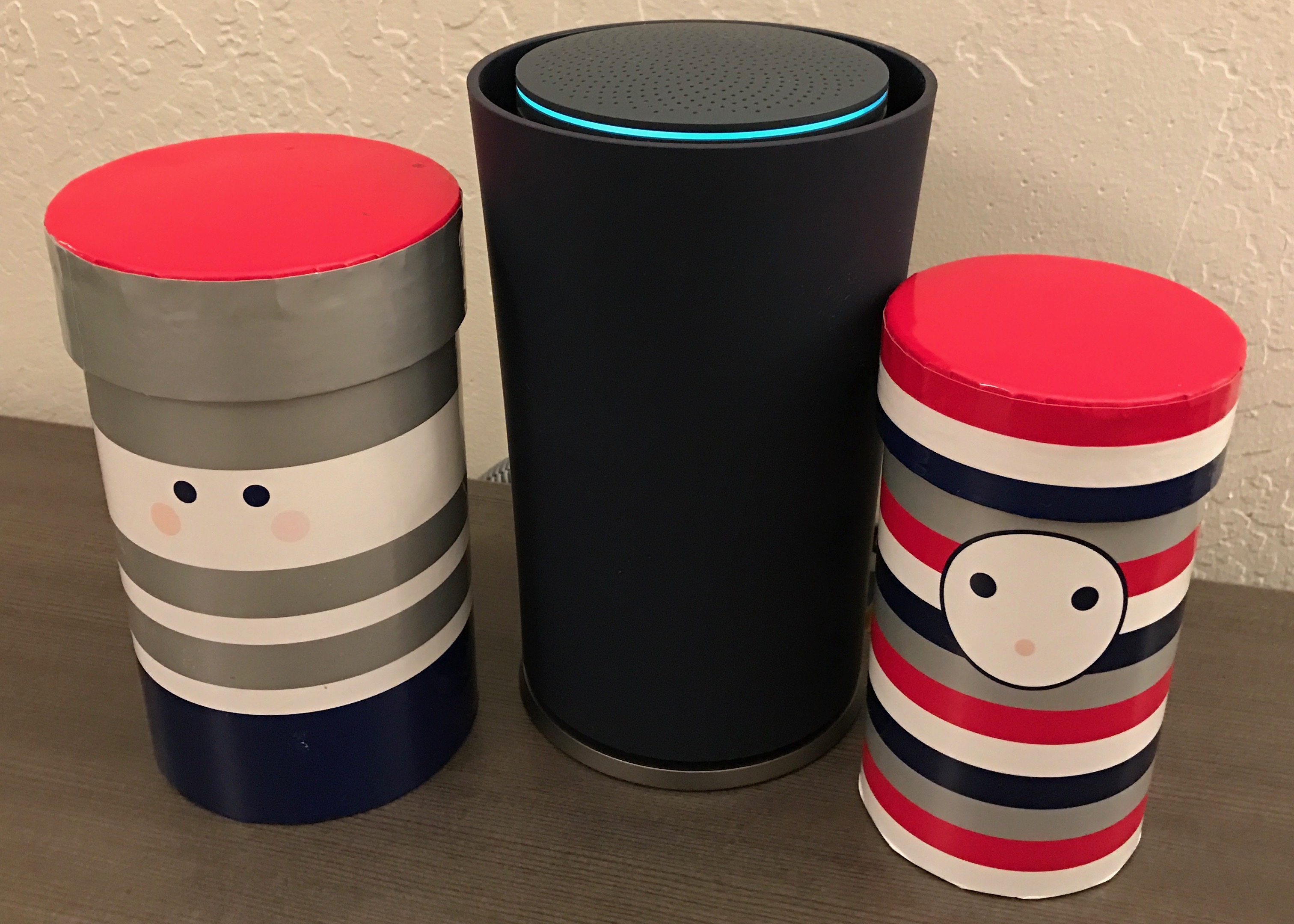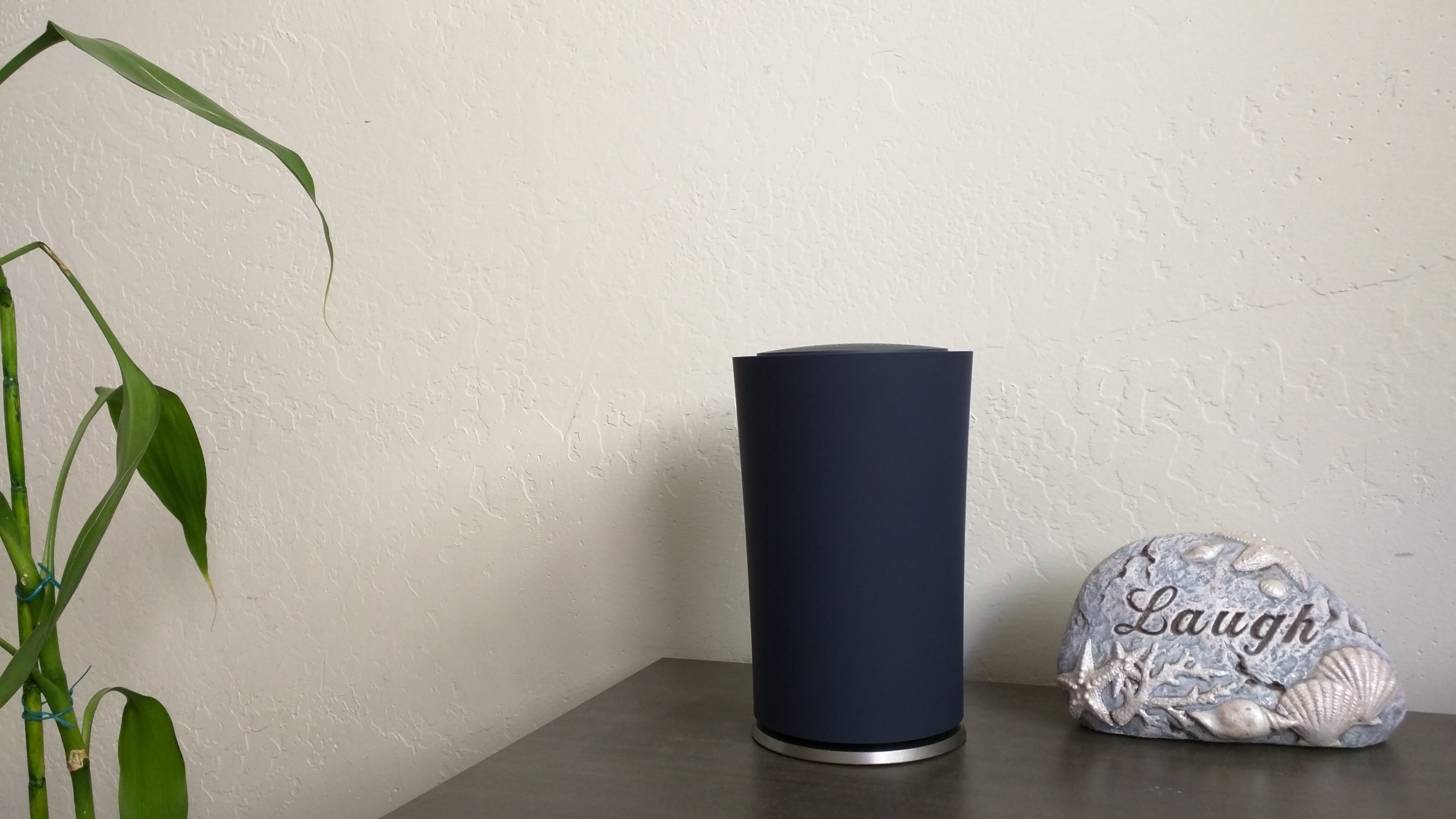Kensington is one of the tonier San Diego communities, and dare I guess that privilege comes with money. Six days ago, when waiting to give my daughter a ride, I nipped boredom by pulling out iPhone 13 Pro and launching the SpeedTest app. For security reasons, my cellular carrier is removed from the paired screenshots; download left and upload right.
Wow is 5G wicked fast for the wealthy. The last home sold there, today, went for $2.025 million, according to publicly available records. The runt of the lot for all of June closed for a mere $1.1 million. Both for over asking price: $30,000 and $150,100, respectively. Hey, rising interest rates have slowed down bidding wars a bit.
